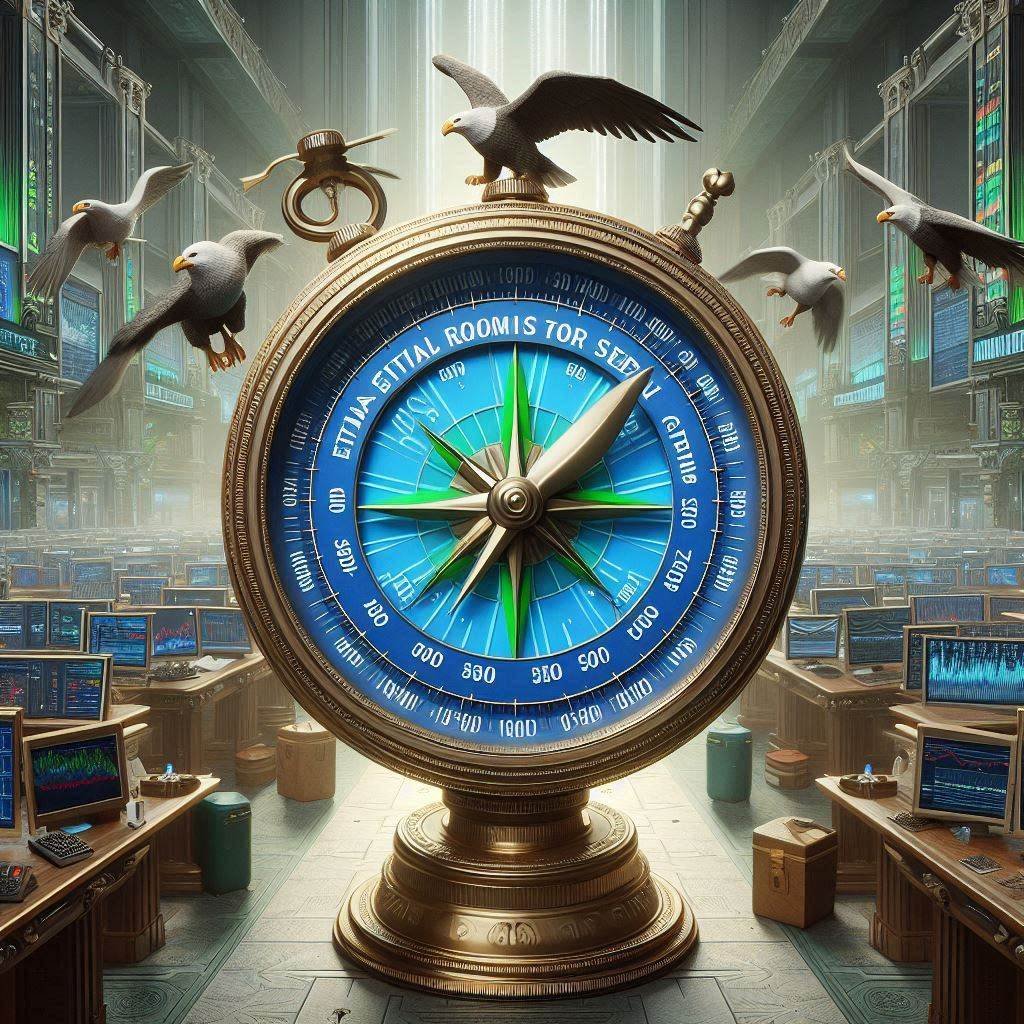Picture a high-tech submarine slicing through the ocean depths. Inside, a crew of traders monitors dials, sonar, and profit graphs. The engines roar with precision — fueled by fast data, strategic execution, and razor-sharp risk management.

This is the world of prop trading — sleek, performance-driven, and always pushing forward.
But now, something new is being installed in the control room: a glowing compass, quietly spinning. This isn’t for direction in the market. It points to something deeper.
It measures impact — on people, on the planet, and on the ethical soul of finance.
This is the rise of ESG metrics in prop trading: where Environmental, Social, and Governance values become part of the performance conversation.
The Old Model: Pure Profit
- Did you make money?
- Did you manage risk?
- Did your Sharpe ratio sparkle?
That was the end of the story.
But in today’s capital landscape — shaped by climate anxiety, social activism, and digital transparency — investors, platforms, and even traders themselves are asking:
What are we funding, really?
The ESG Overlay: A New Layer of Accountability
Think of ESG metrics as a translucent lens now laid over the trading dashboard.
- Environmental: Are you trading companies accelerating deforestation? Or backing green energy and carbon-neutral innovation?
- Social: Are you profiting from volatile assets tied to conflict zones, poor labor standards, or unethical AI development?
- Governance: Are your positions aligned with firms that embrace transparency, diversity, and fair leadership?
In traditional investing, ESG scoring has long existed. But in prop trading, it’s a newer conversation — because speed-focused trading hasn’t historically stopped to ask ethical questions.

That’s changing.
The ESG Prop Trading Model: Ethics Meets Edge
Forward-thinking prop trading firms are experimenting with ESG in bold new ways:
- ESG-Aware Backtesting
Imagine a trader backtesting a momentum strategy, but the engine now filters trades that fall below a 60 ESG score. Suddenly, alpha must coexist with responsibility. - Impact-Adjusted PnL
Some firms now display a second PnL graph — not just profit, but positive impact. For instance, “Your last 50 trades had a net neutral carbon impact, with 30% exposure to ESG-positive equities.” - ESG Scorecards in Trader Evaluation
Prop traders aren’t just judged on returns, but also how well their portfolios align with ESG themes. This doesn’t mean giving up performance — it means proving you can thrive while staying conscious.
Metaphor: The Financial Garden
If traditional prop trading was a factory — lean, efficient, relentless — ESG-infused prop trading is a garden. Still productive, still engineered, but now caring about soil health, long-term yield, and surrounding ecosystems.
ESG metrics are the sunlight filters — making sure what grows doesn’t poison the ground.
Challenges and Pushback
Not all traders welcome this compass.
- “Won’t this slow me down?”
Perhaps — but some constraints sharpen creativity. - “Markets are neutral — it’s not my job to judge.”
But capital flow is influence. What you fund shapes what thrives. - “ESG is subjective.”
True. But the same is said of value. And yet traders hunt it every day.
The key is balance — integrating ESG without diluting the core of prop trading, which is performance through skill, not slogans.
The Ethical Trader of the Future
Imagine a new generation of prop traders who:
- Win funding not just by making money, but by proving their trades don’t fuel destruction.
- Build algorithms that scan not just volatility, but corporate responsibility.
- Lead firms where capital becomes a force multiplier for good, not just gain.
Because the true evolution of prop trading isn’t just speed.
It’s conscience at speed.
In the end, ESG metrics are not a brake on trading performance.
They are a moral GPS — guiding the fastest ships on Wall Street through the stormy waters of global consequence.
And in a world increasingly asking “What kind of future are you trading for?”, the smartest prop firms are building a better answer.




